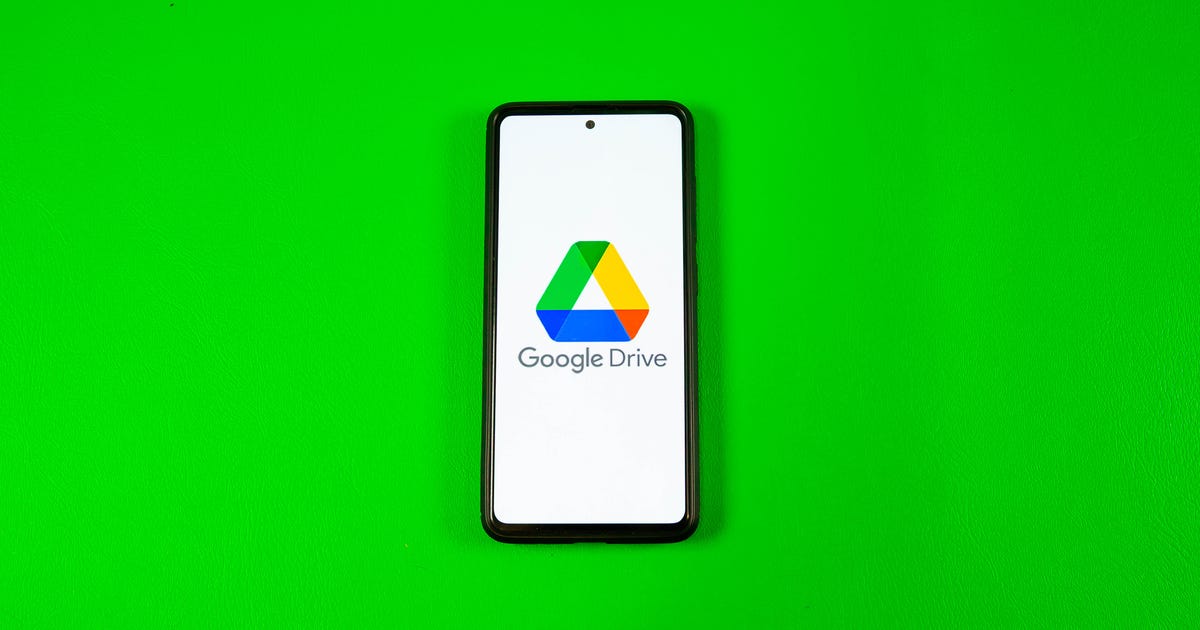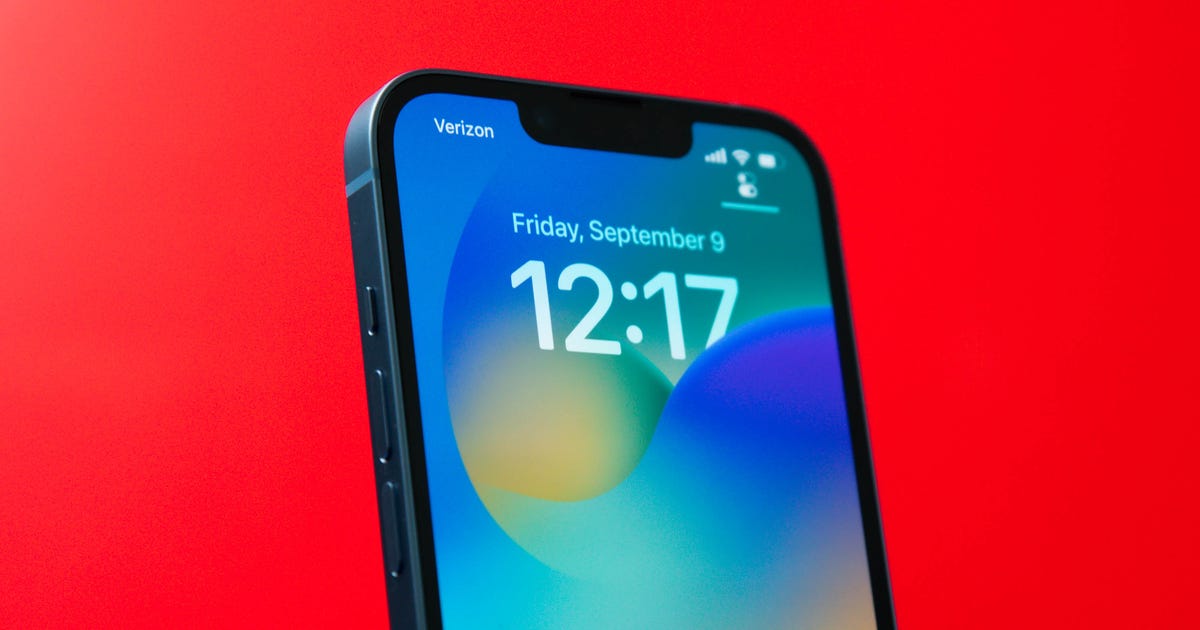
Feeding Forward
Komal Ahmad has her work cut out for her.
A week after a CNET profile of her service Feeding Forward, which delivers surplus food to homeless shelters, she’s received hundreds of messages asking her to launch in cities and countries around the world.
People from the Netherlands to Indonesia, Pakistan to Uganda have reached out to Ahmad, saying the San Francisco-based nonprofit could help alleviate hunger in their countries. All told, she’s had more than 4,200 inquiries from six continents. On top of that, Feeding Forward has received a slew of social media love on its Twitter and Facebook pages, tallying up hundreds of new followers.
“I didn’t realize that it would be that instantaneously responsive or explosive,” Ahmad said. “It was completely unexpected.”
This was one of those moments where the Web community responded to something more meaningful than the latest gadget or celebrity romance. Through a website and mobile app, which will debut in August, Feeding Forward matches businesses that have surplus food with nearby homeless shelters. Here’s how it works: when companies or event planners have surplus food, they go to the Feeding Forward website and provide details of their donation. A driver is dispatched to quickly pick up the leftovers and deliver them to food banks.
That keeps food waste out of landfills and puts food into the mouths of the chronically hungry. The idea of donating leftovers resonates with lots of people, Ahmad said, because it’s an easy way for them to make a difference.
“Everyone eats food. Either you’ve gone hungry or you’ve seen people go hungry,” Ahmad said. “There’s something very tangible we can do.”
Related story
Since launching in 2013, Feeding Forward has recovered more than 684,000 pounds of food from across the San Francisco Bay Area. That means it’s fed more than 570,000 people and diverted more than 3.42 million pounds of carbon dioxide emissions from landfills.
Moving ahead, Ahmad said she hopes to expand Feeding Forward to cities outside the Bay Area, including Seattle, Boston and even Uganda. But first she wants to get corporate sponsorships and perfect the app in her home region.
“While I’m appreciative of those requests, I want to make sure I do the Bay Area right,” Ahmad said. “When we make it work here, I swear to God, we’ll take it global.”




